Sustainable building practices are no longer a trend—they are becoming a standard for homeowners, architects, and builders who want to reduce environmental impact while creating efficient, durable, and visually appealing spaces. One of the most significant areas to focus on is roofing. Environmentally friendly roofing materials combine performance, longevity, and energy efficiency with a reduced ecological footprint. This makes them an ideal choice for modern residential and commercial projects.
In this article, we explore the multiple benefits of eco-friendly roofing materials and examine why they are particularly effective for energy efficiency, helping homeowners save money while supporting sustainability.
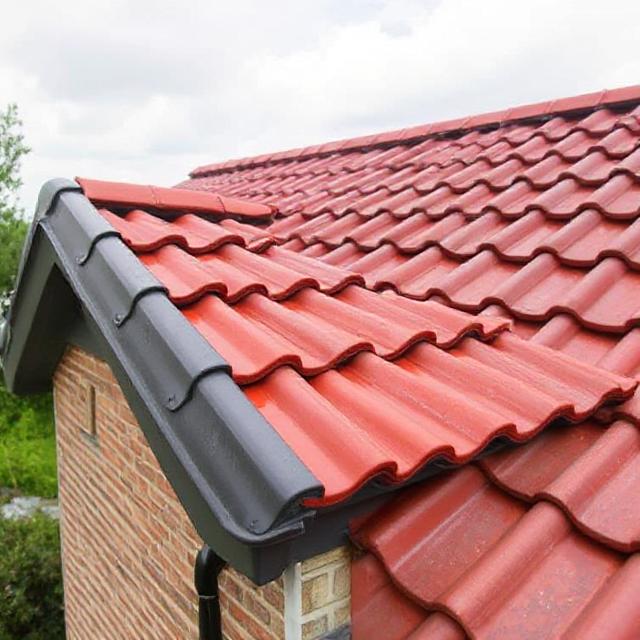
Benefits of Environmentally Friendly Roofing Materials
1. Reduced Environmental Impact
Environmentally friendly roofing materials are specifically designed to minimize harm to the environment throughout their entire lifecycle—from manufacturing to installation, and eventually disposal. Many of these products are made from recycled or renewable resources, which reduces reliance on virgin raw materials and lowers carbon emissions during production.
By selecting sustainable roofing, homeowners and builders can help reduce landfill waste, conserve natural resources, and support a greener construction approach. The environmental advantages of eco-friendly roofs are clear:
Reduced reliance on non-renewable materials
Lower carbon footprint during manufacturing
Materials can often be recycled or repurposed at the end of their lifespan
Sustainable roofing solutions also help urban areas manage environmental challenges, such as heat islands and stormwater runoff, providing benefits beyond individual buildings.
2. Energy Efficiency and Lower Utility Costs
One of the most important benefits of environmentally friendly roofing materials is energy efficiency. These materials are designed to help maintain comfortable indoor temperatures while reducing the need for mechanical heating and cooling. By reflecting sunlight or providing superior insulation, eco-friendly roofs can help keep interiors cooler in the summer and warmer in the winter.
This improved energy efficiency translates to real cost savings for homeowners:
Lower electricity bills due to reduced air conditioning use
Reduced heating costs in colder seasons
Less strain on HVAC systems, extending their lifespan
Visual Table: Energy Efficiency Benefits of Eco-Friendly Roofing
| Benefit | Description |
|---|---|
| Reduced Energy Use | Maintains stable indoor temperature, reducing heating and cooling demand |
| Improved Comfort | Balances indoor temperature fluctuations for consistent comfort |
| Lower Carbon Footprint | Reduces energy consumption and greenhouse gas emissions |
| Long-Term Performance | Maintains effectiveness over time, minimizing the need for frequent replacement |
By enhancing energy efficiency, eco-friendly roofing contributes to a more sustainable building operation while also improving comfort and reducing overall costs.
3. Durability and Long-Term Performance
Durability is another key advantage of environmentally friendly roofing materials. High-quality green roofing products are designed to resist harsh weather conditions, including heavy rain, strong winds, and UV exposure. This resilience ensures that the roof maintains its protective function and aesthetic appeal for many years.
Because these materials are long-lasting, they reduce the frequency of replacements, which in turn minimizes waste and conserves resources. For homeowners and builders, this translates to reduced maintenance costs and fewer environmental impacts over the life of the roof.
4. Low Maintenance Requirements
Eco-friendly roofing materials are often engineered to require minimal maintenance. Many are resistant to moss, algae, and mold growth, which reduces the need for chemical treatments or frequent cleaning. This ease of maintenance not only keeps the roof performing efficiently but also further reduces the environmental footprint of maintaining a building.
Simple maintenance routines, such as occasional washing or debris removal, are typically sufficient to keep an environmentally friendly roof in excellent condition for many years.
5. Contribution to Sustainable Building Practices
Using environmentally friendly roofing materials can help projects meet green building standards. For example, they can contribute to sustainable certifications, such as LEED or other local environmental standards. These certifications recognize buildings that incorporate energy-efficient, low-impact materials into their design and construction.
Adopting green roofing practices demonstrates a commitment to sustainability, which is increasingly valued by homeowners, tenants, and buyers. It adds value to properties while supporting responsible building practices that benefit the broader community.
6. Versatility and Aesthetic Appeal
Modern eco-friendly roofing materials are available in a wide range of styles, textures, and colors. This versatility allows architects and homeowners to maintain design flexibility without sacrificing sustainability. From contemporary designs to traditional styles, environmentally friendly roofing can complement various architectural aesthetics while delivering superior performance.
For example, green roofs, solar-integrated roofing, or recycled composite tiles provide unique looks while offering environmental and energy benefits. With so many design options available, sustainable roofing materials allow creativity without compromising on performance or eco-friendliness.
7. Water Management and Heat Reduction
Many environmentally friendly roofing materials are designed to manage water and reduce surface heat. Reflective surfaces can lower heat absorption, keeping the roof cooler during hot weather. Some sustainable roofs are permeable or integrated with green technologies, helping to absorb rainwater and prevent excessive runoff.
These features not only improve energy efficiency but also contribute to responsible water management, which is essential in urban areas or regions prone to heavy rainfall. Efficient water handling reduces strain on drainage systems and can help prevent structural damage over time.
8. Health and Indoor Air Quality Benefits
Sustainable roofing materials often avoid harmful chemicals that can be found in traditional products. By reducing exposure to volatile organic compounds (VOCs) and other pollutants, eco-friendly roofing contributes to better indoor air quality. Improved air quality is beneficial for the health and well-being of building occupants while aligning with the goals of a safe, sustainable living environment.
Why Choose Environmentally Friendly Roofing Materials from Chuanya Building
At Chuanya Building, we specialize in producing high-quality environmentally friendly roofing materials designed for durability, energy efficiency, and sustainability. Our products are crafted with eco-conscious principles, combining long-lasting performance with minimal environmental impact. Whether you are designing a modern home or upgrading a commercial building, our roofing solutions offer both functional and aesthetic benefits.
By choosing Chuanya Building, you gain access to reliable, sustainable, and versatile roofing materials that help reduce energy consumption, lower costs, and support green building practices. Our commitment to quality ensures that your roof not only protects your property but also contributes to a healthier and more sustainable environment.









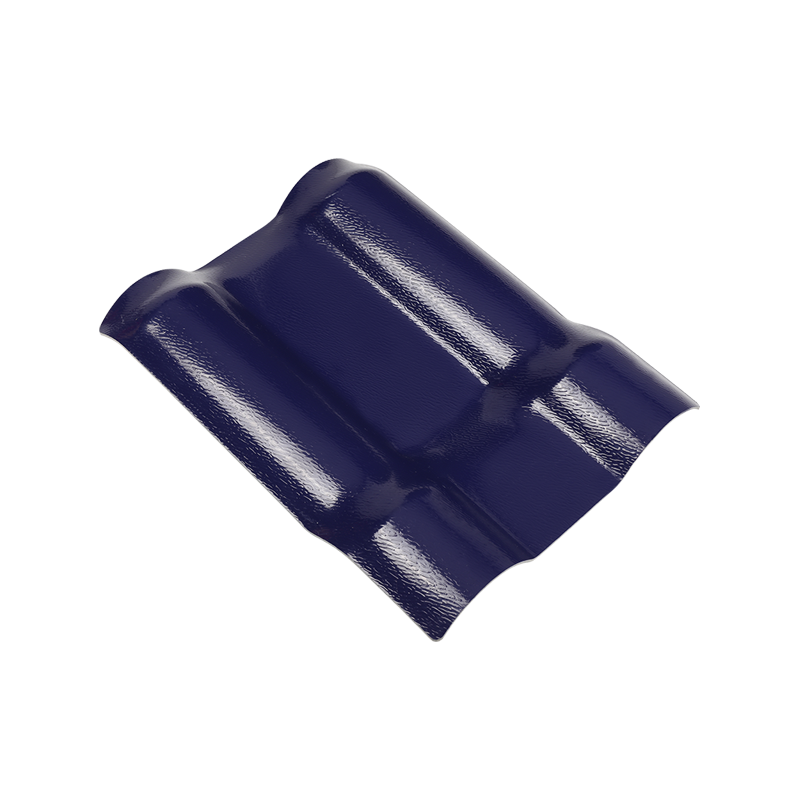
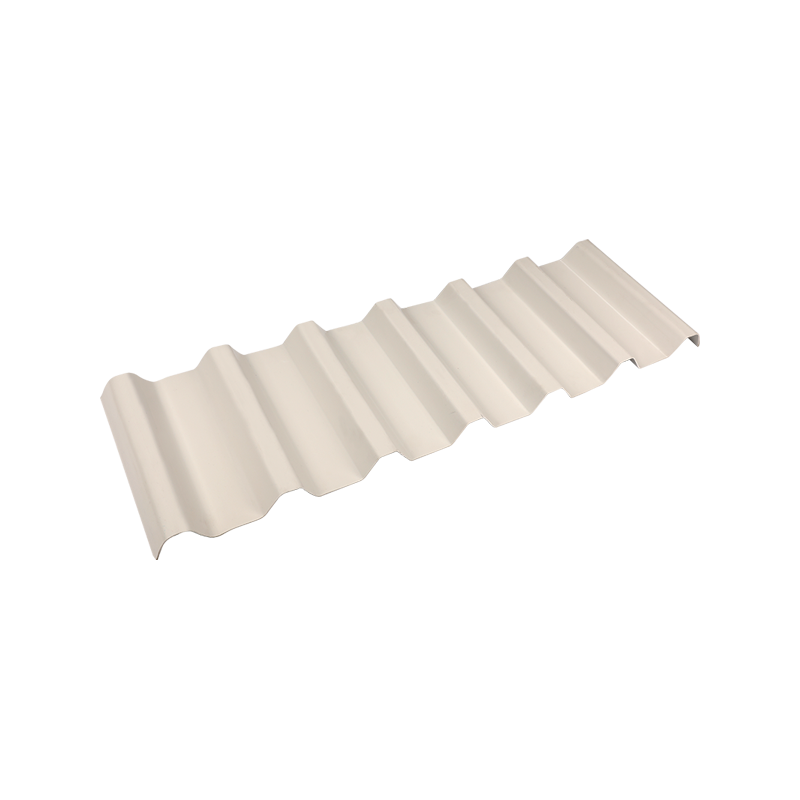
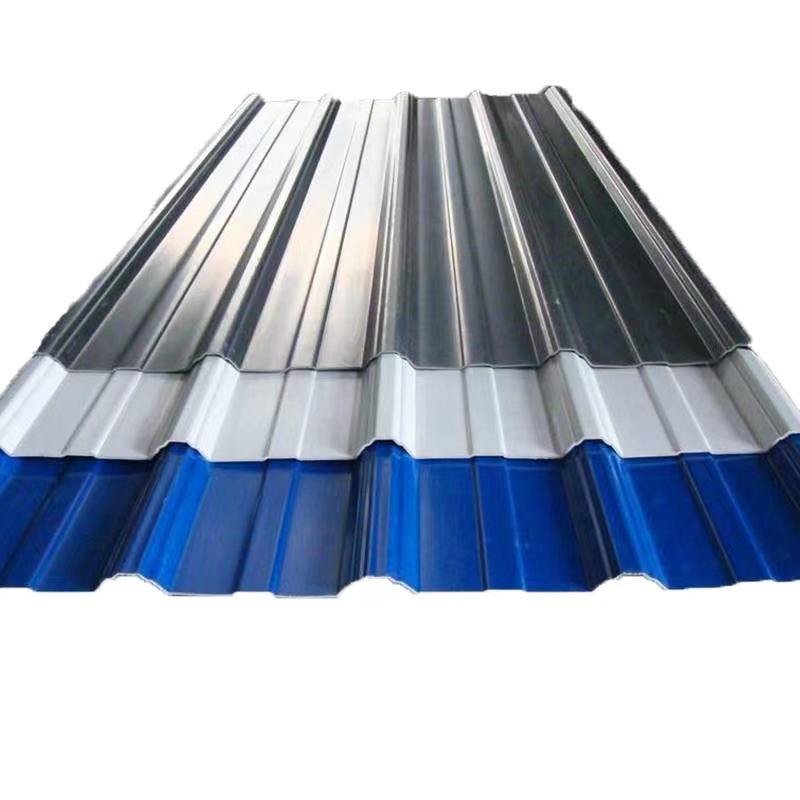
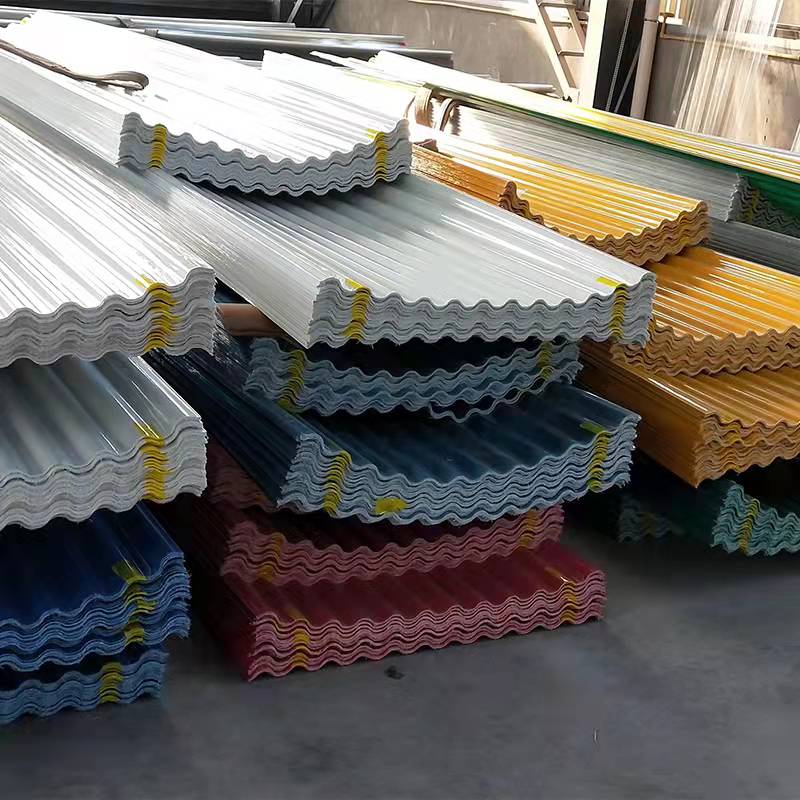


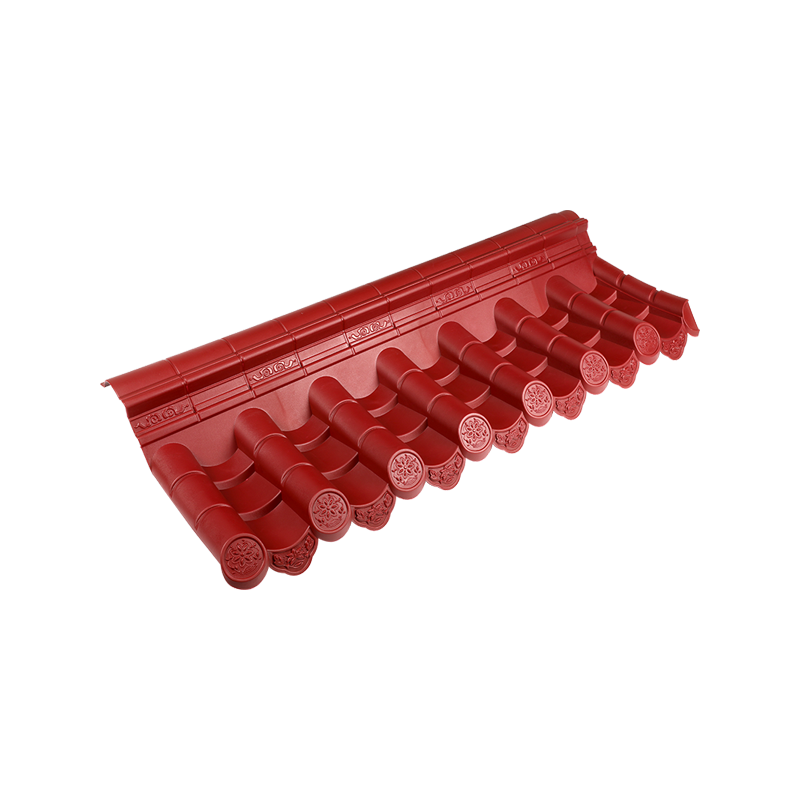


 Email:
Email: Phone:
Phone: Adress:
Adress: